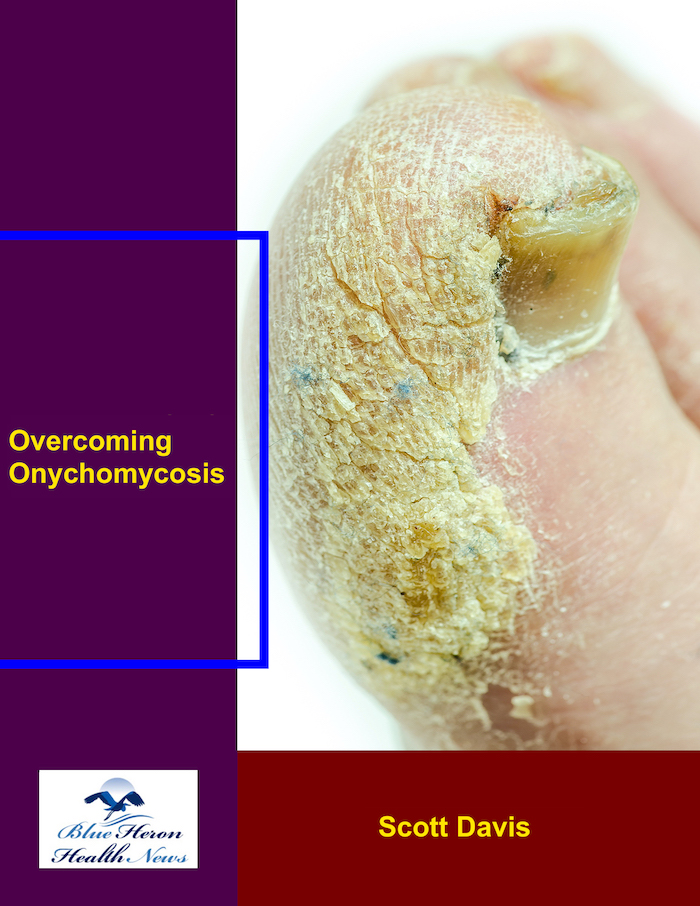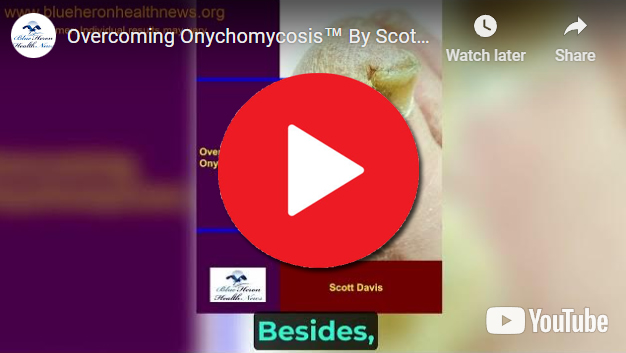
Overcoming Onychomycosis™ By Scott Davis It is a simple, natural, and all-in-one solution for onychomycosis. The program can help you to treat your nail fungus naturally. Once you follow this program, you do not need to spend on expensive treatments to prevent a recurrence. In brief, you can have a proven solution for your chronic nail fungus. Besides, the program is easy to follow, and most users find it effective against onychomycosis.
How can one identify the type of fungus causing onychomycosis?
Identifying the type of fungus causing onychomycosis (fungal nail infection) is important for determining the most effective treatment. Several types of fungi can cause onychomycosis, and these fungi belong to different categories, including dermatophytes, yeasts, and non-dermatophyte molds. To properly identify the fungus, a healthcare provider will typically perform a series of diagnostic tests. Here’s how the identification process works:
1. Physical Examination:
- Clinical Signs: The doctor will first examine the nail for characteristic signs of infection, including thickening, discoloration (yellow, white, or brown), crumbling or deformation of the nail, and separation of the nail from the nail bed.
- Symptoms: They will also inquire about symptoms such as pain, odor, and whether the infection has spread to other nails or areas.
2. Microscopic Examination:
- Scraping: A sample of the infected nail, debris, or tissue is scraped from the nail’s surface or under the nail plate.
- KOH (Potassium Hydroxide) Test: The sample is treated with KOH solution and examined under a microscope. The KOH dissolves the nail material, leaving only the fungal elements (such as hyphae or spores), allowing the healthcare provider to identify fungal infections.
- Fungal Culture: The scraped sample is also cultured on a special growth medium to encourage fungal growth. After a few days, the culture can help identify the type of fungus based on its appearance and growth patterns.
3. Fungal Culture:
- A culture is often the most definitive method of identifying the fungal organism. It involves placing the sample in a culture dish with a growth medium and waiting for the fungi to grow.
- Culture Results: The results can take 1-3 weeks, and the fungal species are identified based on the growth characteristics of the organism. This helps differentiate between dermatophytes, yeasts, and molds.
4. PCR (Polymerase Chain Reaction) Testing:
- This is a more advanced molecular technique that can accurately identify fungal DNA. PCR testing can detect specific fungal species that might be difficult to identify with traditional methods. This test is not commonly used in routine diagnosis due to its cost and availability, but it can be very useful in cases of uncertain diagnosis.
5. Histopathology:
- In some cases, a biopsy of the infected tissue may be needed. The biopsy sample is examined under a microscope for fungal elements.
- This is typically performed if there is a suspicion of a more serious underlying infection, or if other diagnostic methods are inconclusive.
Types of Fungi That Cause Onychomycosis:
- Dermatophytes (most common cause):
- Trichophyton rubrum: The most common pathogen causing onychomycosis, particularly in Western countries.
- Trichophyton mentagrophytes: Another common dermatophyte responsible for fungal nail infections.
- Epidermophyton floccosum: Less common but can also cause nail infections.
- Dermatophytes typically infect the keratinized tissue (such as nails, hair, and skin).
- Yeasts:
- Candida species: These are particularly common in people who have wet or moist environments, such as those with diabetes or immunocompromised conditions. Candida infections may cause yellow or white nail discoloration and nail separation.
- Non-Dermatophyte Molds:
- These fungi are less common but can cause infections, especially in immunocompromised individuals. Common species include Scopulariopsis, Fusarium, and Aspergillus.
- Molds often produce more varied symptoms than dermatophyte infections, including more rapid spread and thick, brittle nails.
Conclusion:
The most effective way to identify the type of fungus causing onychomycosis is through a combination of clinical examination, microscopic examination, and culture of the nail sample. In some cases, more advanced testing like PCR or histopathology may be used. Identifying the specific fungus is crucial for determining the appropriate treatment, as different types of fungi may respond better to different antifungal medications. If you suspect a fungal nail infection, it is important to see a healthcare provider for proper diagnosis and treatment

Overcoming Onychomycosis™ By Scott Davis It is a simple, natural, and all-in-one solution for onychomycosis. The program can help you to treat your nail fungus naturally. Once you follow this program, you do not need to spend on expensive treatments to prevent a recurrence. In brief, you can have a proven solution for your chronic nail fungus. Besides, the program is easy to follow, and most users find it effective against onychomycosis.

